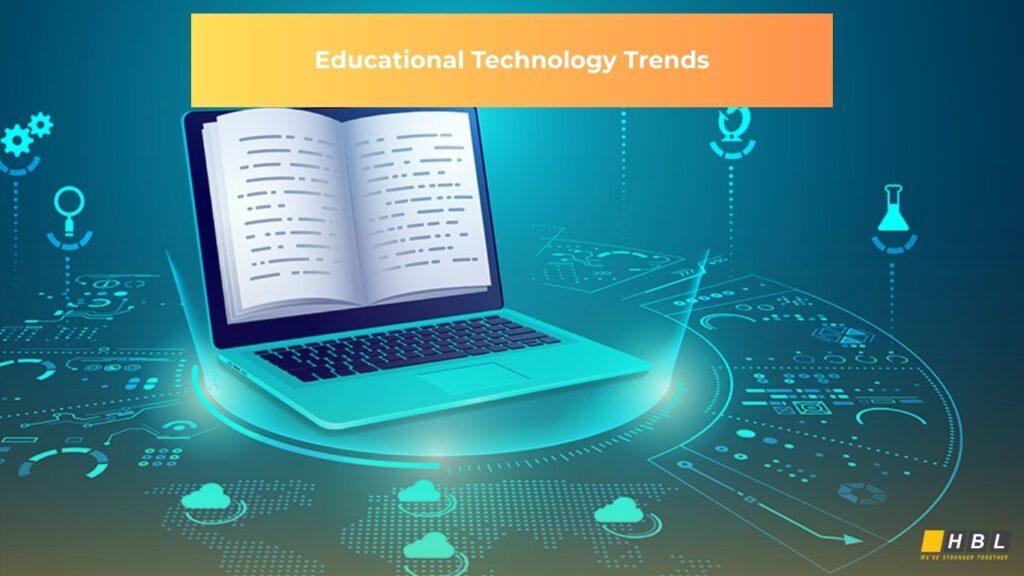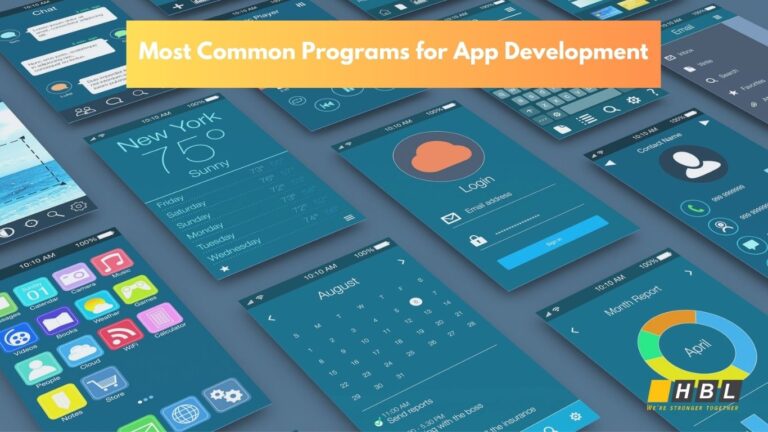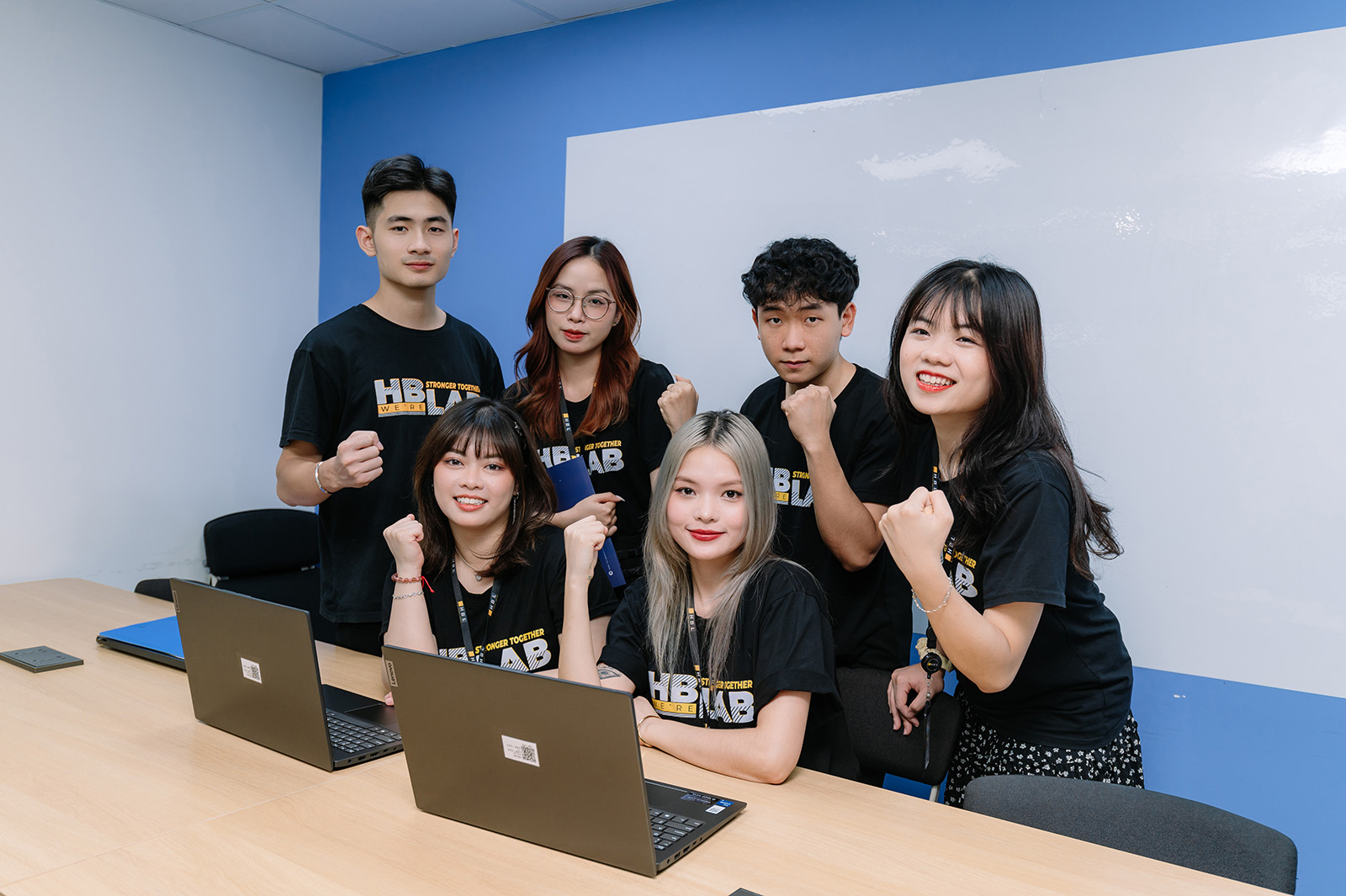In the rapidly evolving world of education, educational technology trends are shaping how learners interact with content, how teachers teach, and how institutions deliver their services. From AI tutors to immersive reality, the latest trends in educational technology are transforming classrooms and online learning environments alike.
In this article, we’ll explore trends in educational technology, education technology trends 2025, and new trends in educational technology, diving deep into the forces, use cases, challenges, and opportunities ahead.
Why Educational Technology Trends Matter
Before diving into specific trends, let’s examine why staying on top of them is critical:
- Competitive differentiation: Schools, EdTech vendors, and training providers that adopt cutting-edge tools gain a competitive edge in attracting learners.
- Better learning outcomes: Technology properly integrated with pedagogy can enhance engagement, retention, and personalization.
- Scalability & accessibility: Many trends help expand reach (e.g., remote learning, microcredentials) at lower marginal cost.
- Data-driven decision making: Real-time analytics offer insights to optimize curriculum, detect gaps, and intervene earlier.
- Strategic planning: Knowing the direction of technology helps institutions future-proof infrastructure, budgets, and staffing.
The global education technology market is projected to grow at a CAGR of 13.3% from 2025 to 2030.
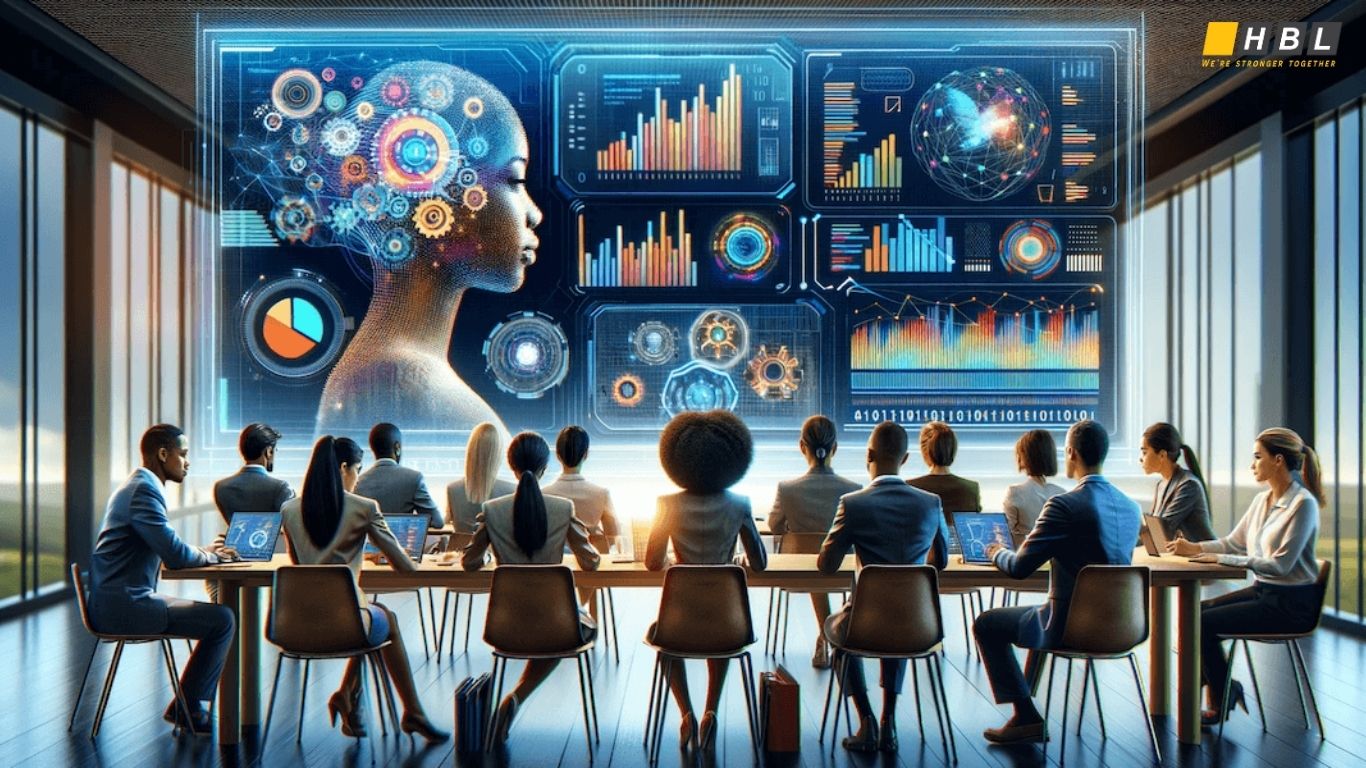
Top Trends in Educational Technology 2025
Here is a curated list of the most prominent new trends in educational technology that are gaining traction now and into 2025:
1. AI-Driven Personalized & Adaptive Learning
AI-driven personalized learning uses algorithms and data analytics to tailor content, pace, and assessments to each learner’s needs.
Adaptive systems can detect when a student struggles and dynamically adjust difficulty or route them to remedial materials.
Emerging further is generative AI / LLM integration, which can produce custom problem sets, explanations, or simulate Socratic dialogues.
Key benefit: Learners receive support exactly when and where needed, rather than one-size-fits-all instruction.
2. Immersive Learning: AR / VR / XR / Metaverse
Extended Reality (XR) — including Virtual Reality (VR) and Augmented Reality (AR) — is maturing as tools become more affordable and content more accessible.
Use cases:
- Virtual field trips (history, geography, science)
- Labs and simulations (chemistry, physics, engineering)
- Soft-skills practice (negotiation, public speaking)
- Collaborative 3D environments and gamified experiences
Immersive experiences enhance memory, engagement, and spatial understanding.
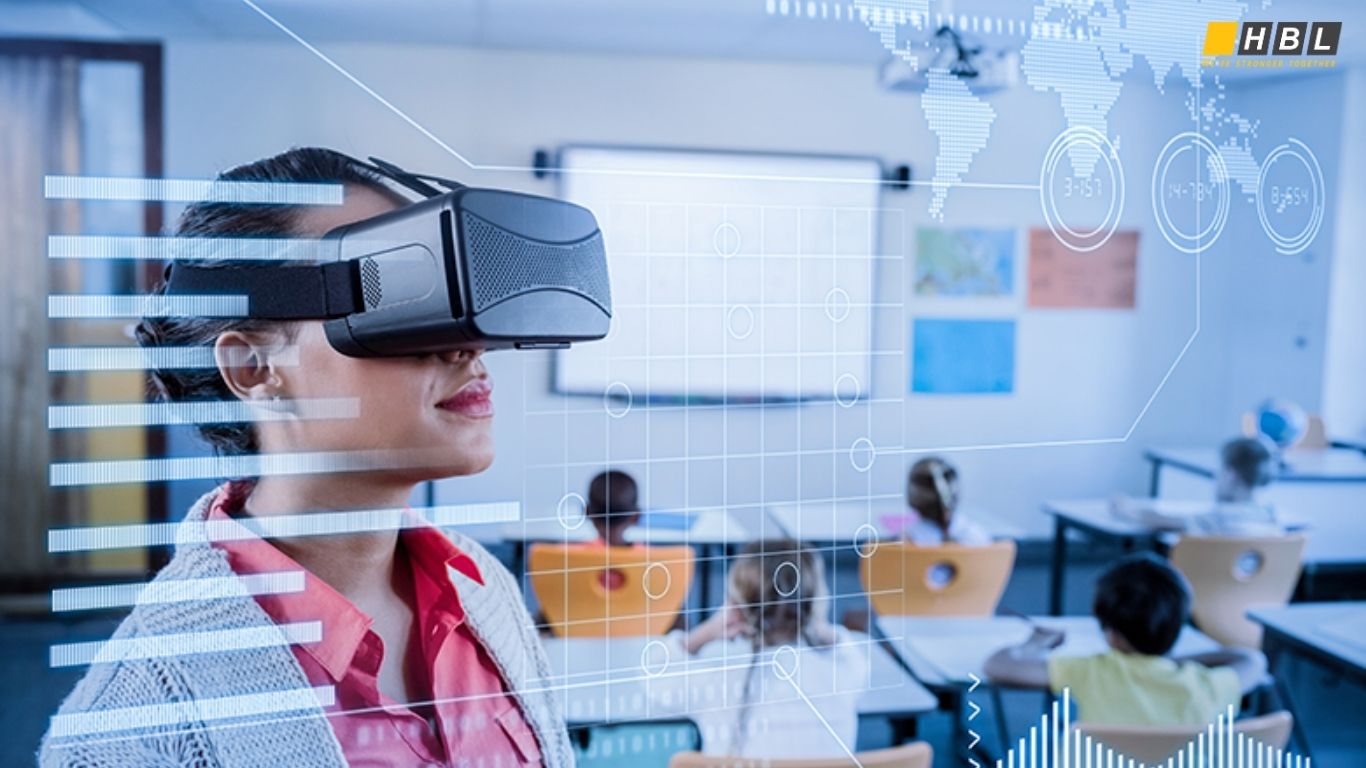
3. Microlearning, Bite-Sized Content & Just-in-Time Learning
Microlearning breaks down lessons into short, focused “nuggets” (5–10 minute modules).
As attention spans shrink and working professionals juggle many tasks, microlearning aligns with “learning in the workflow.”
Recent innovations even explore AI-enhanced microlearning, where AI automates generation of micro-content (quizzes, flashcards, visuals) based on longer modules.
4. Microcredentials, Digital Badges & Stackable Credentials
Traditional degrees are being supplemented by microcredentials and digital badges that validate specific skills or achievements.
Learners can stack these into larger credentials over time, creating flexible lifelong learning pathways.
Institutions and corporates increasingly accept these smaller credentials as evidence of competencies.
5. Hybrid, Blended & Flexible Learning Models
Even after the pandemic era, hybrid models remain central. Institutions combine in-person, synchronous online, and asynchronous content.
A flexible model empowers students to choose modalities fitting their schedules or learning preferences.
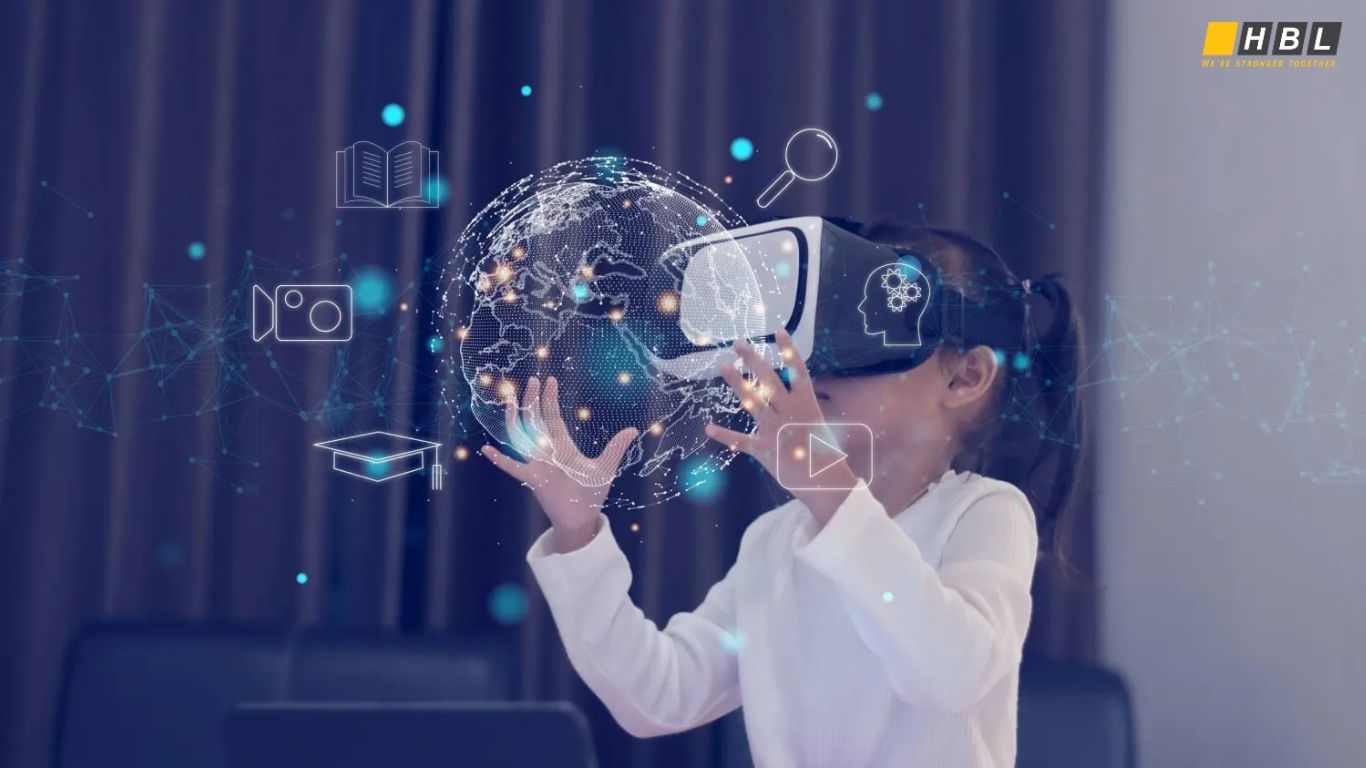
6. Learning Analytics & Predictive Modeling
Data is the backbone: learning analytics monitor student behaviors, progress, engagement, and identify at-risk learners before failure.
Predictive modeling helps institutions forecast dropout risk, optimal interventions, and personalize content sequencing.
7. Generative AI, Chatbots & Conversational Agents in Education
Chatbots and conversational AI are increasingly being embedded into educational systems: answering queries, scaffolding writing, giving feedback, or tutoring sessions.
One emerging avenue is video generative AI — dynamically producing short video explanations tailored to a learner’s question.
However, ethical, transparency, bias, and reliability remain active challenges.
8. Blockchain & Credential Verification
Blockchain is applied to secure and verify credentials, certificate authenticity, and manage credential portability.
It can reduce fraud, simplify verification across universities or companies, and give learners control over their credentials.
9. Social-Emotional Learning (SEL) & Wellbeing Tools
Tech supporting emotional intelligence, mental health, mindfulness, collaboration, and soft skills is rising.
Tools can monitor affective states (stress, engagement) through sensors or user inputs and adapt pacing.
10. Accessibility, Inclusive Design & Assistive Tech
Ensuring access regardless of disability, language, or context becomes non-negotiable.
Trends include:
- Speech-to-text and text-to-speech
- AI-driven real-time captions / translation
- Universal Design for Learning (UDL) principles embedded in platforms
- Low-bandwidth / offline-first solutions for regions with poor connectivity
11. Wearables, IoT & Biometric Feedback in Learning
Wearable devices like VR headsets, smart bands, eye trackers, or sensors measure biometric data (stress, attention) and feed back into adaptive systems.
IoT in classrooms (smart desks, ambient sensors) can assist with environment optimization (lighting, ergonomics).
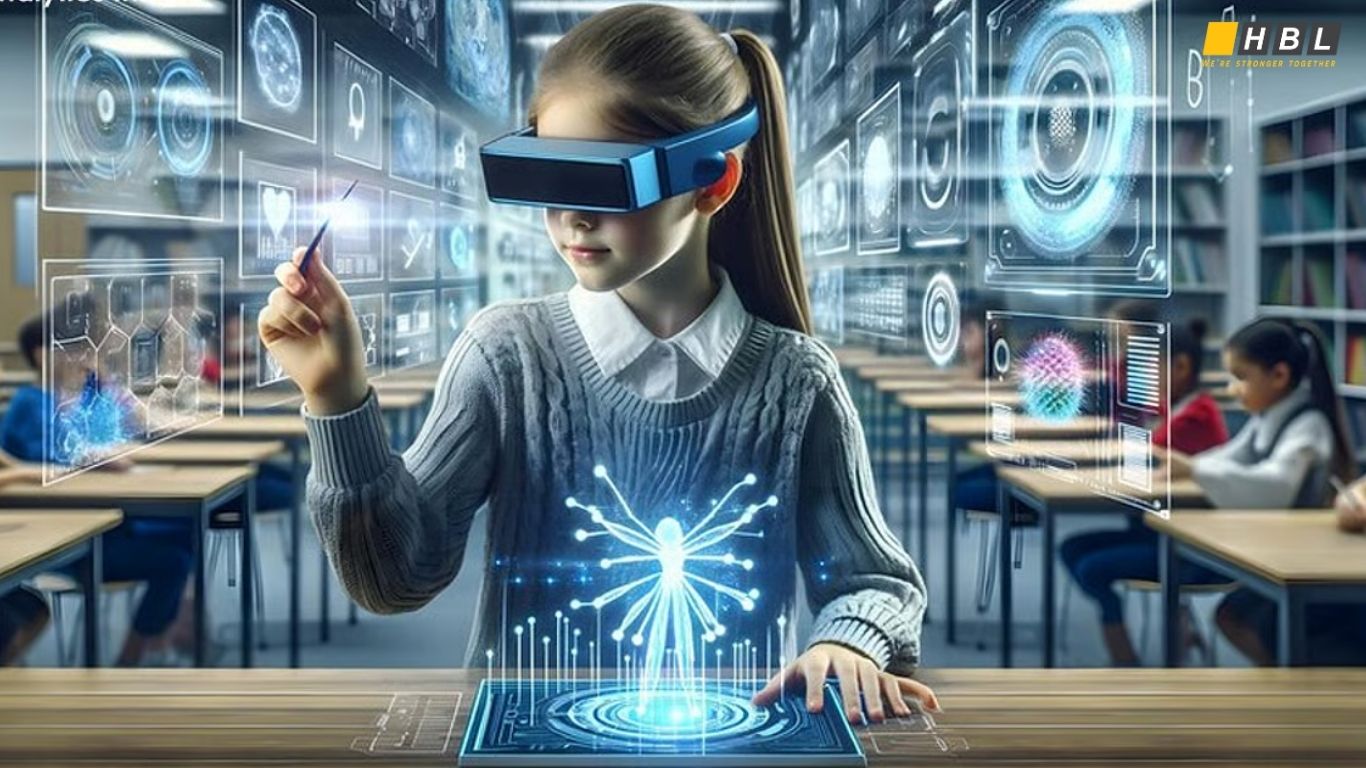
12. Smart & Constructionist Learning Environments
Emerging research frames education through smart learning environments grounded in constructionist theory: learners actively building, sharing, and reflecting, mediated by tech.
These environments blend physical and digital spaces, emphasizing learner agency, creativity, and collaboration.
Why These Trends Are Poised for Growth in 2025
- Improved computing, AI, and cloud infrastructure
As AI models become more efficient and cloud resources cheaper, even mid-size institutions can harness them. - Learner expectations & digital-native generation
Students and professionals now expect smarter, interactive, personalized experiences. - Institutional pressure to be efficient and measurable
Education providers must show ROI, justify budgets, and scale innovations. - Globalization & remote reach
Institutions aim to reach learners across geographies; tech enables borderless delivery. - Policy & funding push
Governments in many markets support EdTech initiatives, digital inclusion, and infrastructure. - Pandemic momentum & resilience planning
The shock of COVID-19 forced digital adoption — the shift continues, not reverts.
Challenges & Risks
- Data privacy, security & ethics
- Bias & fairness in AI
- Cost & infrastructure gap
- Teacher training & change management
- Overreliance & cognitive offloading
- Sustainability & continual updates
Trends in Educational Technology vs. Past Trends
| Past Wave | Focus / Technology | Limitation | New Wave Enhancement |
| Static LMS / CMS | Delivery of content and assessments | “One-size-fits-all,” limited interactivity | AI-driven adaptation, microlearning, chatbots |
| Early e-learning (video + quizzes) | Replicate classroom online | Low engagement, passive learning | AR/VR immersive, gamification, XR collaboration |
| Online MOOCs | Mass courses for many | Low completion, shallow community | Social learning, cohort-based models, credential stacking |
| Analytics dashboards | Reports & dashboards | Reactive, not real-time | Predictive analytics, interventions, hyper-personalization |
| Mobile apps / m-learning | On-the-go content | Siloed and superficial | Context-aware learning, offline-first, IoT interplay |
How to Evaluate Which Trends to Adopt
- Strategic alignment
- Scalability & ROI
- Technological readiness
- Faculty & staff preparedness
- Pedagogical fit
- Risk & compliance
- Pilot & iterate
FAQ Section
Q1: What are the top trends in educational technology for 2025?
AI personalization, immersive VR/AR, microlearning, microcredentials, hybrid models, analytics, generative AI, blockchain credentials, SEL, accessibility, wearables, and smart learning environments.
Q2: How is generative AI changing education?
It creates personalized content, automates feedback, and supports tutoring, but also poses ethical and bias challenges.
Q3: What is microlearning and why is it trending?
It delivers short modules for busy learners, boosting engagement and retention.
Q4: Are VR and AR affordable now?
Yes, lightweight and mobile-based tools make immersive learning increasingly affordable.
Q5: How can blockchain help education?
It ensures credential authenticity and allows learners to own and share verified achievements.
HBLAB’s Role in Enabling Educational Technology Trends
If your organization is looking to tap into educational technology trends, HBLAB is your strategic technology partner of choice.
Why HBLAB?
- 630+ professionals with global offices in Vietnam, Australia, Singapore, Japan, and Korea
- Strong English communication across teams
- 30% senior-level employees with 5+ years of experience
- Flexible models: BOT, offshore, onsite, dedicated teams
- Cost advantage: up to 30% lower than local markets
- Diverse tech stack: AI/ML, XR, data, mobile/web, IoT, blockchain
- Certified process: Security compliance and CMMI Level 3
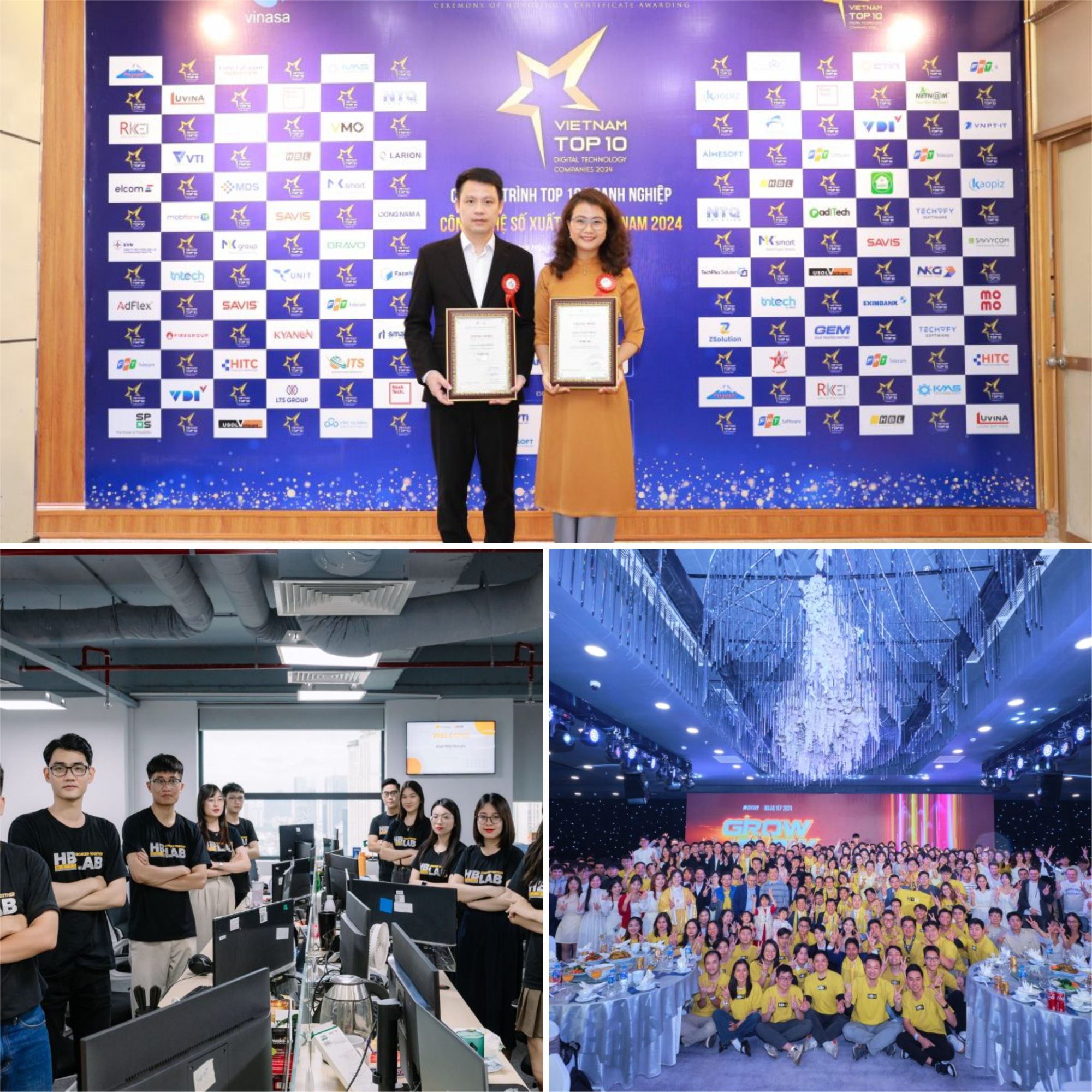
What HBLAB Can Help You Build
- AI-driven adaptive learning platforms
- Chatbots and AI tutors
- Microlearning content automation
- AR/VR/XR immersive tools
- Learning analytics dashboards
- Blockchain credentialing systems
- Accessibility and assistive technologies
HBLAB provides both technical execution and strategic consulting for long-term EdTech success.
Conclusion
The field of educational technology trends is transforming fast. In 2025, AI personalization, immersive learning, analytics, and credential innovation are redefining how people learn and teach.
The key to success lies in selecting trends that align with your institution’s mission and executing them strategically.
For organizations ready to embrace the future of learning, HBLAB offers the expertise, global reach, and scalable solutions to turn ideas into impactful educational experiences.
Read more:
– 10 IT industry trends likely to be in the spotlight in 2025! Explaining future prospects and challenges– Will Cybersecurity Be Replaced by AI? Bold Trends Shaping Jobs
– Top Website Development Company: Your Guide to Choosing the Best Partner
